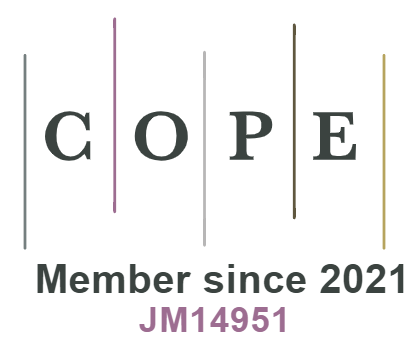Abstract: guidelines
The abstract is treated as a summary of the article covering the research problem, hypotheses, methods and research results.
Formatting the abstract:
- the content of the abstract should be placed under the heading (Abstract), without paragraph indentation,
- abstract font: Times New Roman (11 points),
- length of the abstract 1400–1600 characters with spaces.
The abstract should be accompanied by separate keywords – from 3 to 5 – that best relate to the described studies.
Keyword formatting:
- keywords should be placed directly under the title of the article, without paragraph indentation,
- keywords written in lowercase letters (proper names are the exception) should be separated with commas,
- do not put a full stop after all keywords.
The content of the abstract should be structured. For this purpose, you can use the following questions and answer them in 1–2 sentences:
- What is the main topic of the work? – outlining the research goal, thesis or hypothesis.
- What research has been done? – explanation of research methods.
- What did the research find out? – a summary of the main findings.
- What are the conclusions of the research? – presentation of the interpretation of test results.
Ad. 1. Research aims
It should start with a clear definition of the research problem, formulation of the research aims. What practical or theoretical problem does the research address? What questions should be answered? You can also add a brief information about the research context, social or scientific.
Ad. 2. Methodology
The research methods used in the research should be indicated. Ideally, this part should be in 1–2 sentences. The past tense can be used because the activities have already been performed, without evaluating the methodology.
Ad 3. Research results
Summarize the main results of the research. It is not necessary to include all research results, but to emphasize the most important findings familiarizing the reader with the presented research.
Ad 4. Conclusions and summary
Briefly present the main conclusions that can be drawn from the described research. Was the problem formulated in the introduction solved and how? If there are significant limitations in the scope of the described studies or studies require continuation, this should be indicated.
Important: Avoid citing sources in your abstract – it should be completely understandable without reference to other sources. References in abstracts may be included only in exceptional situations, e.g. when an article is a response to another article or directly refers to other research.







